|
MONTESSORI CORAL REEF FIELD GUIDE
CHORDATA (PHYLUM)
Vertebrates (SUBPHYLUM)
Sharks, Skates and Rays (CLASS)
[Cartilliganeous
Fish]
|
|
Mackerel Sharks (ORDER) |
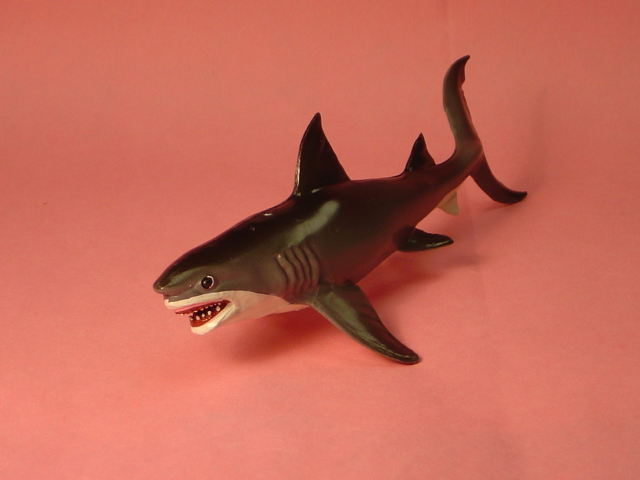
Picture: Montessori Magnet School 4/2004 |
|
Habitat: Tropical and temperate oceans.
Max Size: Length: 23 and 2/3 feet, (720 cm).
Weight: 7500 pounds (3401 kg)
Food: Feeds on bony fishes, sharks, rays, seals, dolphins and
porpoises, sea birds, carrion, squid, octopi and crabs
Interesting Fact: The Great White Shark is a predator fish. Its maximum
recorded age is 36 years.
Tyler: Amazing Animals of the World |
|
|
Great White Shark FAMILY: White shark |
More Information Fish
Base:
Great White Shark |
|
|
|
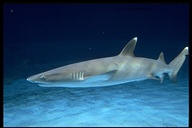
Photographer:
Dong Lin
Collection:
CalAcademy
ID: 1348 3162 2867 0127 (2003-07-01) Copyright
© 2003 California Academy of Sciences / use free for educ. purposes |
|
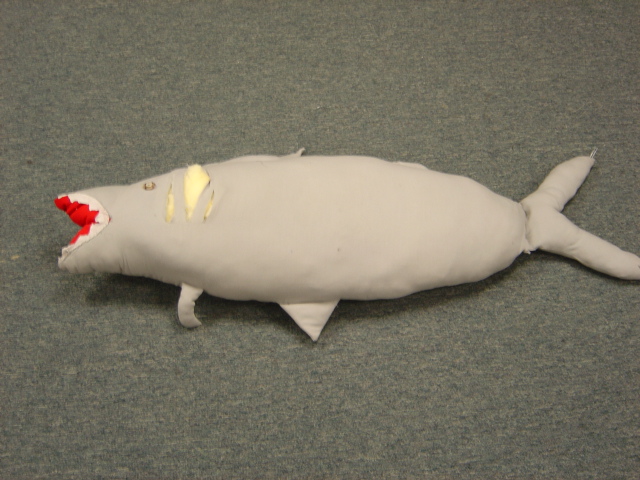
Picture -- Montessori 5/2004 |
| Habitat: Indo-Pacific; depth: 1-330 m.;
tropical; marine Size: 7 ft. (213 cm)
Total Length; 18.3 kg
Weight: 40 pounds (18.3 kg)
Food: fishes, octopi, spiny lobsters and crabs
Interesting Fact: A small, slim shark with extremely broad snout and oval eyes, and white tip on dorsal and caudal fins. Grey above with spots on sides occasionally. It is light colored below.
Nicholas: FISHBASE
|
|
| Whitetip Reef Shark FAMILY:
Requiem Sharks |
Other Sites: |
| |
|
| Skates and Rays (ORDER) |
|
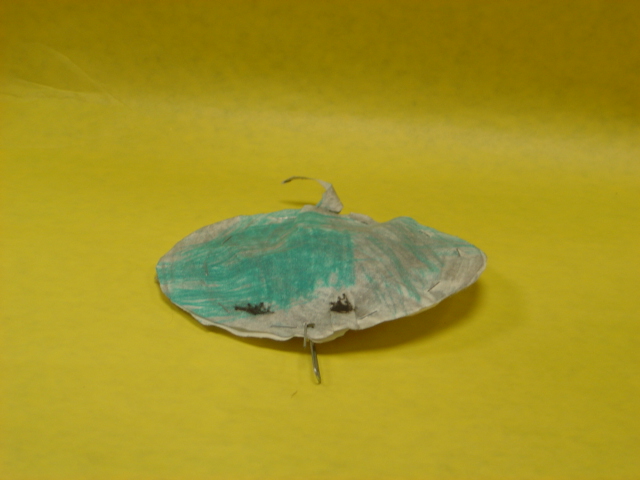
Picture: Montessori Magnet School 4/2004
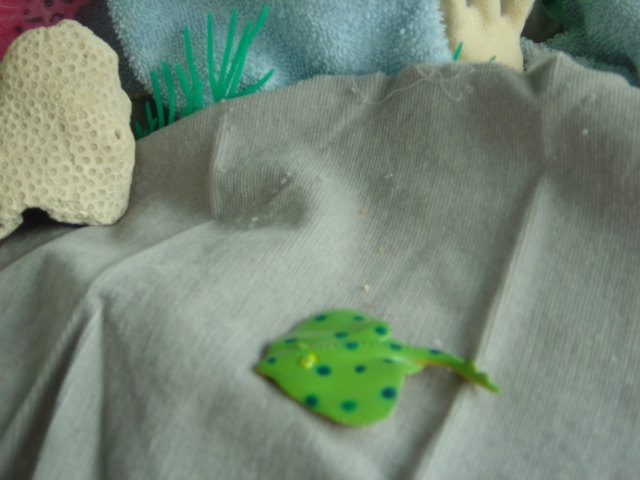
Picture: Carol Fox 4/2004 |
| Habitat: Indo west Pacific - found on sandy bottoms near coral reefs. Size: 28 1/2 inches (70 cm.) Total length
Food: Crabs and shrimps
Interesting Fact: Some morph to different colors.
|
|
| Bluespotted Stingray FAMILY: Stingrays |
Other Sites:
Bluespotted Stingray |
|

Picture: Montessori Magnet School 4/2004
|
| Habitat: Shallow water; tropical and warm temperate seas around the world. Size: 23 feet (701 cm) tip to tip
Length: 17 feet long (518 cm) weighs up to 3,000 pounds (1361 kg.)
Food: Mainly plankton, but also small and medium size fish.
Interesting Fact: It is one of the largest marine animals in theworld. It is the largest ray.
By Nikko and Mitchell:
Amazing Animals of the World. Danbury, CT: Grolier, 1995.
|
|
| Giant Manta Ray FAMILY: Eagle and Manta Rays |
Other Sites: Fishbase:
Giant Manta Ray
|
|
|
| Habitat: tropical and warm temperate waters
worldwide. Max Size: 8.2 feet (2.5 m) not including the
tail. Adding tail the animal reaches 16.4 feet (5 m). The maximum disc
width is 9.8 feet (3 m) and maximum published weight is 507 pounds
(230 kg).
Food: Bivalve mollusks: clams, oysters. Also shrimp, octopus,
squid and sea urchins as well as bony fishes
Interesting Fact: Spends most of its time swimming in schools in
open water. This species is capable of leaping completely out of the water
when pursued.
Zachary
|
|
|
Spotted Eagle Ray
FAMILY: Eagle and Manta Rays |
Other Sites:
Spotted Eagle Ray of Hawaii |
|
| Habitat: reef-associated; brackish; marine ;
depth range 1 - 80 m; subtropical; worldwide. Size: 300 cm
width. (9.8 feet) maximum published weight 270 kg (507 Pounds)
Food: Feeds mainly on bivalves (scallops, clams, mussels, oysters)
Interesting Fact: Tail spines are poisonous.
A.J. |
|
|
Spotted Eagle Ray
FAMILY: Eagle and Manta Rays |
Other Sites:
Spotted Eagle Ray |
|
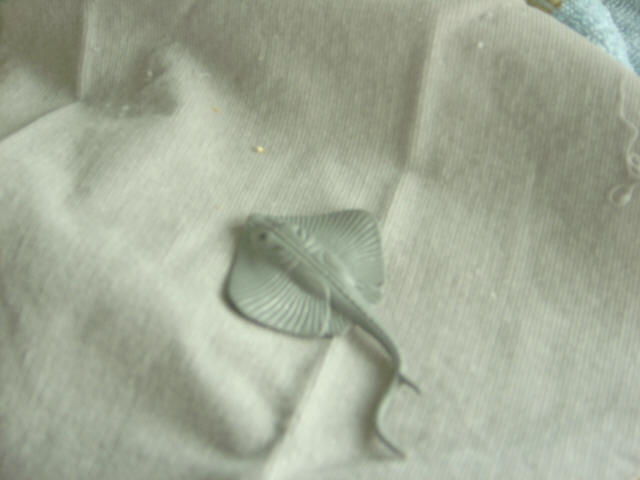
Picture: Carol Fox 4/2004 |
| Habitat: Inhabits shallow coastal waters from from Southern Africa, to Australia, to Papua New Guinea Max Size: 41 inches (104 cm)
Food: Information about what this animal eats is scare. May eat bony fish, crab, shrimp,
and prawn.
Interesting Fact: Harmless; Friendly to humans.
|
|
|
Pointed-Nose Stingray
FAMILY: Stingrays
|
Other Sites: Fishbase
Pointed-Nose Stingray |
|
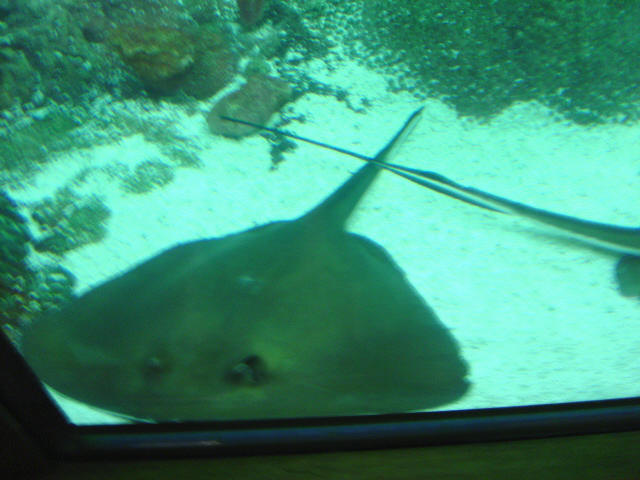
Picture taken 4/2004 at Shedd Aquarium Chicago, IL. Caribbean
Reef Exhibit by Carol Fox |
| Habitat: Shallow coastal waters with sandy
or silt bottoms; does not like reefs or walls. Size: Maximum disc width 79 inches (200 cm). weighs up to 214 pounds (97 kg)
Food: Crabs, clams, shrimp, marine worms, and small fish make up
the diet of southern stingrays.
Interesting Fact: Gray, green brown coloration on top; white on the bottom.
|
|
| Southern Sting Ray FAMILY: Stingrays |
Other Sites:
Southern
Stingray Coloring Page
More Information About the
Southern Stingray |
|
|